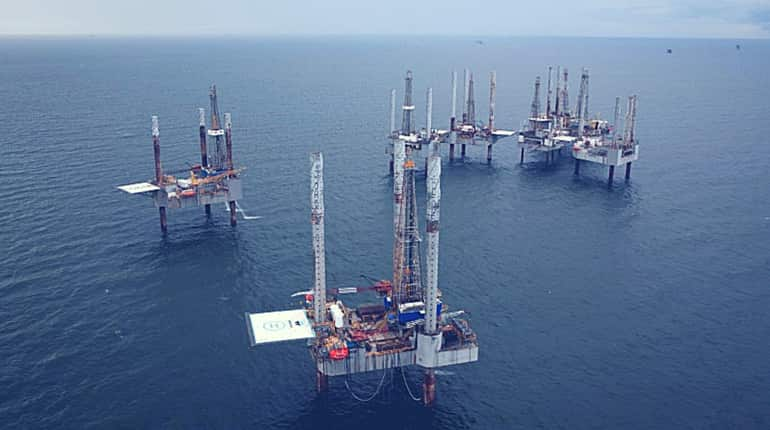Enhancing USA’s Naval Capabilities: Converting Oil Rigs into Mobile Missile Defense Bases
Introduction
The US Navy is exploring a groundbreaking initiative to address security challenges in the Pacific region by repurposing surplus oil rigs into mobile missile defense and resupply bases. Despite skepticism about their feasibility, experts view this as a cost-effective strategy to bolster the USA’s naval capabilities amidst escalating security threats from China.
The Mobile Defense/Depot Platform (MODEP) Concept
The innovative plan, known as the MODEP concept, entails converting oil rigs into operational bases strategically positioned offshore. These adaptable bases are designed to function autonomously for up to 12 months, enhancing air defense capabilities and supporting strike missions. They are equipped to accommodate up to 100 large missile launchers and 512 vertical launch systems (VLS), providing a significant boost to the US Navy’s operational capacity.
Strategic Significance
US officials consider the MODEP concept a strategic game changer, anticipating substantial reductions in risks and costs associated with traditional land-based defense systems. The initiative, led by Gibbs & Cox, a Leidos company, is positioned as a cost-effective alternative, estimated to cost only 10% of a newly constructed Ballistic Missile Defense (BMD) system.
Concerns and Considerations
While the concept has garnered praise for its innovation, concerns have been raised regarding the vulnerability of these bases as potential military targets. Critics also question the effectiveness of these makeshift offshore bases compared to conventional semi-permanent military installations. Despite these reservations, the project signals a significant shift in military strategy, reflecting the US’s adaptation to evolving geopolitical dynamics and advancements in warfare technology.
Conclusion
The conversion of surplus oil rigs into mobile missile defense and resupply bases represents a bold and forward-thinking approach by the US Navy to address contemporary security challenges. As the project unfolds, it underscores the military’s readiness to embrace innovative solutions in response to changing global realities and technological advancements in defense.















































